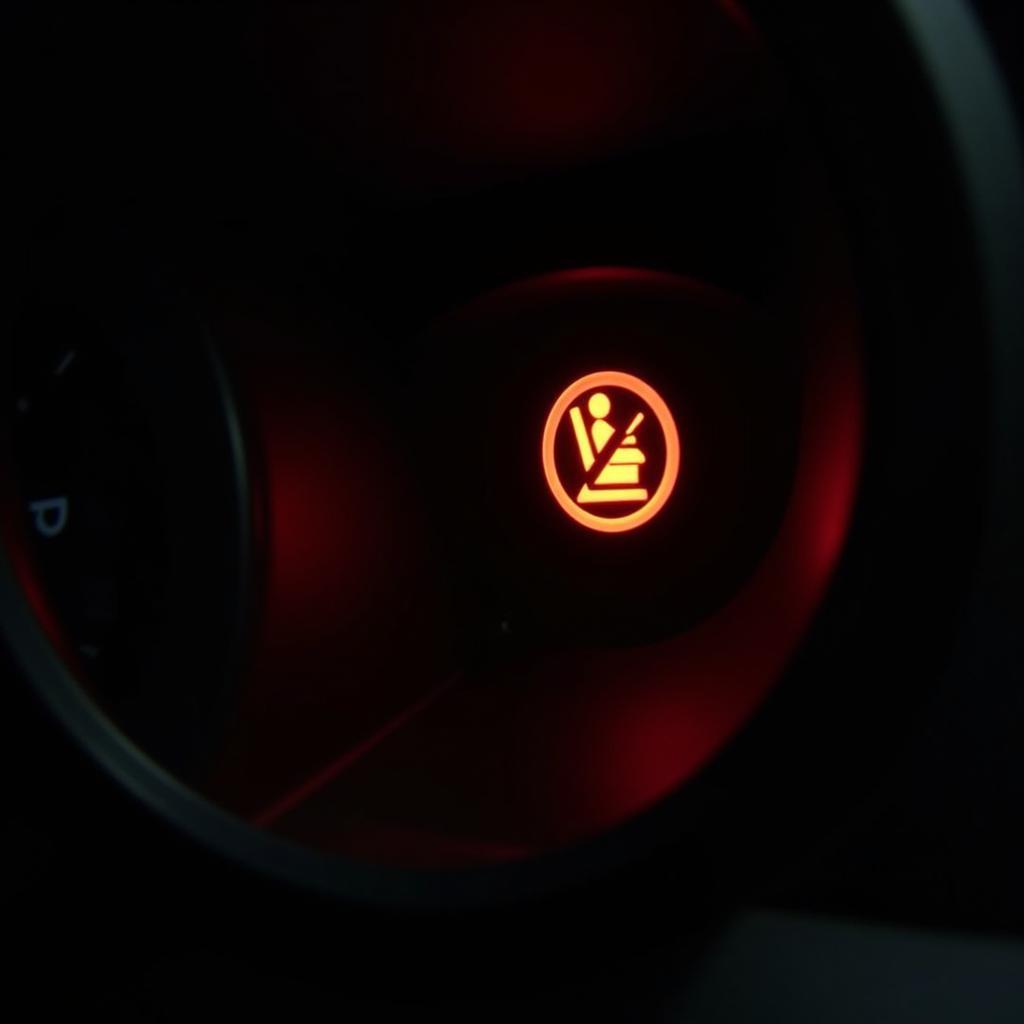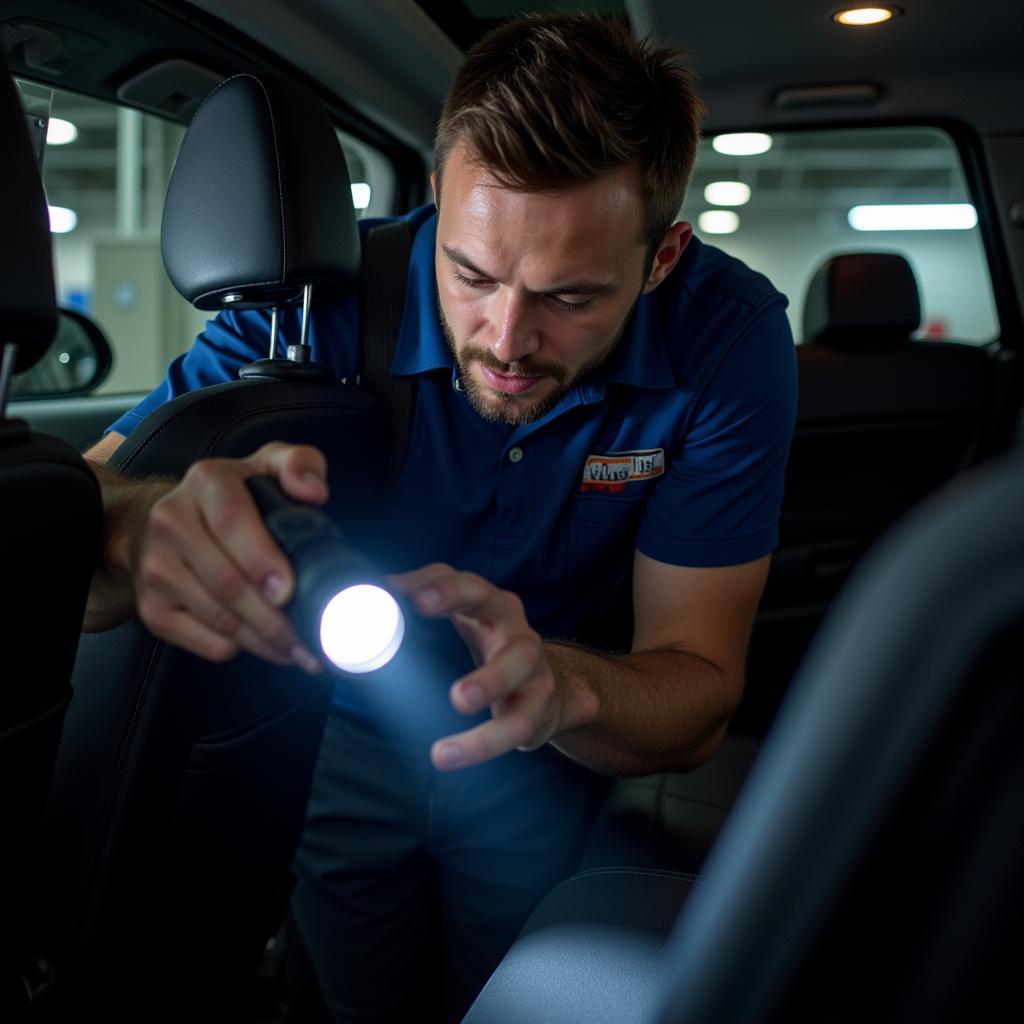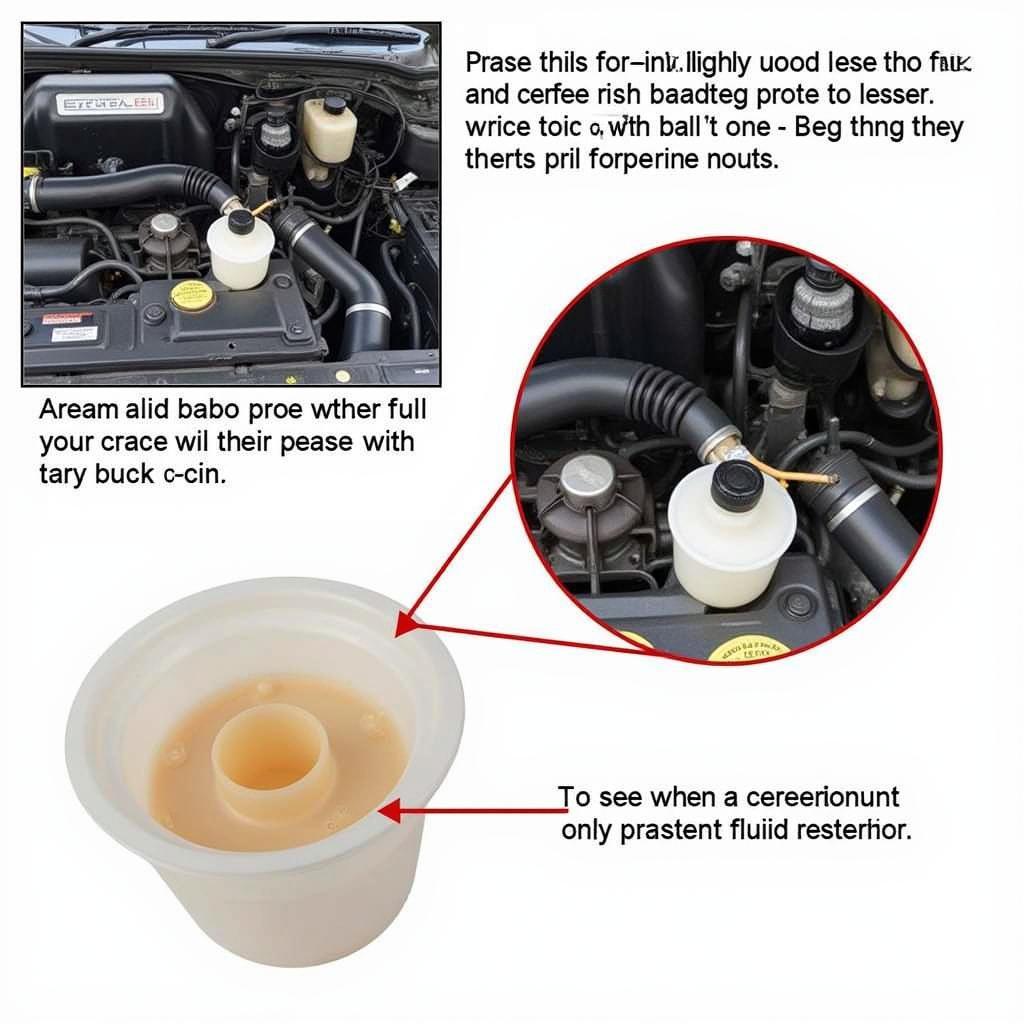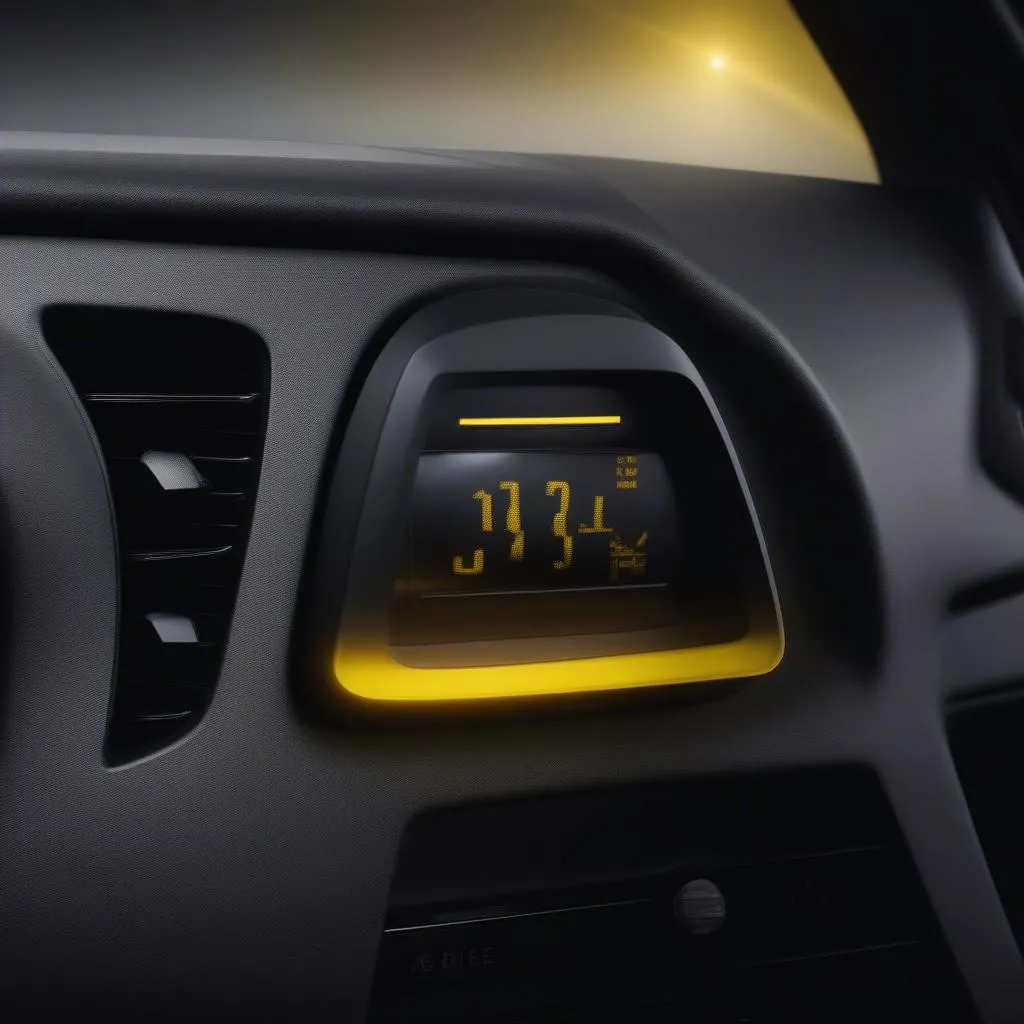The rear seat warning system in your vehicle is a crucial safety feature designed to prevent children and pets from being accidentally left unattended. When functioning correctly, this system alerts you if a rear door has been opened and closed before or during a journey, and a weight is detected on the rear seat after the engine has been turned off. However, like any electronic system, it can occasionally malfunction, leading to false alarms or no warnings at all. This comprehensive guide will delve into the common causes of rear seat warning system problems and provide you with effective troubleshooting steps to resolve them.
 Rear Seat Warning Light on Dashboard
Rear Seat Warning Light on Dashboard
Understanding Your Rear Seat Warning System
Before we dive into troubleshooting, it’s helpful to understand the different types of rear seat warning systems:
- Weight-Based Systems: These systems utilize sensors embedded in the rear seats to detect weight. If a certain weight threshold is exceeded after the engine is turned off and a door has been opened and closed, the system triggers an audible or visual alarm.
- Sensor-Based Systems: These systems rely on door sensors to detect if a rear door has been opened and closed before or during a trip. If the system senses a door interaction, it will remain active and issue an alert if the driver exits the vehicle without addressing the rear seat.
- Camera-Based Systems: Some advanced vehicles utilize interior cameras to monitor the rear seats. These systems can detect movement or even the presence of a living being, providing an extra layer of safety.
The type of system installed in your vehicle will influence the troubleshooting steps you need to take. Refer to your owner’s manual for specific information about your vehicle’s rear seat warning system.
Common Causes of Rear Seat Warning System Malfunctions
Several factors can contribute to rear seat warning system issues. Here are some of the most common culprits:
- Faulty Sensors: Weight sensors in the seats or door sensors can malfunction due to wear and tear, physical damage, or electrical issues.
- Software Glitches: Like any software, the system controlling the rear seat warning can experience glitches or errors, leading to unpredictable behavior.
- Wiring Problems: Damaged, loose, or corroded wiring harnesses connecting the sensors to the vehicle’s electrical system can disrupt signal transmission.
- Battery Issues: A weak or dying car battery can cause various electrical gremlins, including problems with the rear seat warning system.
Troubleshooting Rear Seat Warning System Problems
If you’re experiencing issues with your rear seat warning system, here are some steps you can take to troubleshoot and potentially fix the problem:
1. Check Your Owner’s Manual
Your vehicle’s owner’s manual is an invaluable resource for understanding the specific features and troubleshooting steps for your car model. Consult the manual for details about the rear seat warning system, how to reset it, and any specific instructions related to your vehicle.
2. Inspect the Sensors
Carefully examine the weight sensors in the rear seats for any visible damage, debris, or misalignment. If you suspect a sensor issue, it’s best to consult a qualified mechanic for diagnosis and repair.
3. Check the Wiring
While visually inspecting the wiring harnesses can be challenging, look for any obvious signs of damage, such as exposed wires, loose connections, or corrosion. If you notice any wiring issues, consult a mechanic to address them.
4. Test the Battery
A weak or dying battery can cause various electrical issues. Have your car battery tested by a mechanic to ensure it’s in good working order. If the battery is nearing the end of its life, replacing it can often resolve electrical gremlins.
5. Perform a System Reset
Sometimes, a simple system reset can resolve software glitches. The method for resetting the rear seat warning system varies depending on the car model. Refer to your owner’s manual for specific instructions on how to reset the system in your vehicle.
6. Seek Professional Help
If the troubleshooting steps above don’t resolve the problem, it’s essential to seek professional help. A qualified automotive technician specializing in diagnostics and electronics can accurately diagnose the issue and perform any necessary repairs.
"Rear seat warning systems are critical safety features. If you're experiencing any issues, it's crucial to have them addressed promptly by a qualified professional." - John Smith, Senior Automotive Technician Car Mechanic Inspecting Car for Issues
Car Mechanic Inspecting Car for Issues
Remote Diagnostics and Software Solutions
In today’s technologically advanced automotive landscape, remote diagnostics and software solutions are becoming increasingly common for addressing vehicle issues, including those related to the rear seat warning system.
-
Remote Diagnostics: Some manufacturers offer remote diagnostics services that allow technicians to connect to your vehicle wirelessly and analyze system data for faults. This can help identify the root cause of the problem without requiring a physical visit to the repair shop.
-
Over-the-Air Software Updates: Many modern vehicles are equipped with the capability to receive over-the-air software updates, much like a smartphone. These updates can address software glitches and improve system functionality, potentially resolving issues with the rear seat warning system.
“Over-the-air software updates can be highly effective in addressing software-related issues with advanced vehicle systems, including rear seat warning systems.” – Jane Doe, Automotive Software Engineer.
Conclusion
The rear seat warning system in your car is an essential safety feature that can help prevent tragic accidents. If you’re experiencing problems with this system, don’t ignore them. By following the troubleshooting steps outlined in this guide and seeking professional assistance when necessary, you can help ensure the system functions correctly and provides the intended safety benefits. Remember, prioritizing safety and addressing potential issues promptly can provide peace of mind and contribute to a safer driving experience for everyone.


